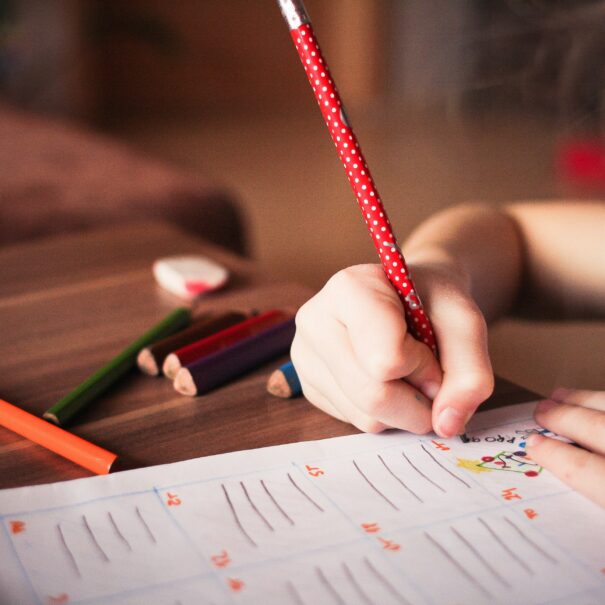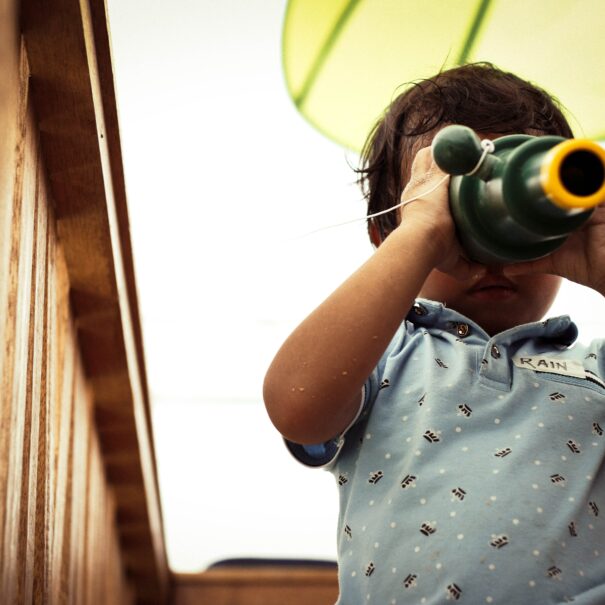What is PACE?
Our practice is informed with a focus on attachment theory. The core values of the home are influenced by Dr Dan Hughes Model of Attachment. This model uses PACE; a way of thinking, feeling, communicating and behaving that aims to make the child feel safe. It is based on how parents connect with their very young infants.
Find out more

Playfulness
This is about finding joy and being light with each other. It is about discovering the child uniqueness and strengths through play and fun. Playfulness gives the child and adults a break from the trauma and its toxicity. It helps to shift, in small steps, the child’s perspective on the relationship with adults through experiencing positive emotions.
Find out more

Acceptance
Acceptance is about conveying to the child our psychological stance of “no matter what”. It is an expression of unconditional regards. Acceptance refers to child’s internal experience and should never be mistaken for a lack of boundaries and discipline. We explicitly communicate to the child that their inner world of feelings, thoughts, beliefs or wishes are neither right or wrong, they just are and we do not evaluate them or try to change them. Yet, we set the limits to behaviour to keep everyone safe.
Playfulness
This is about finding joy and being light with each other. It is about discovering the child uniqueness and strengths through play and fun. Playfulness gives the child and adults a break from the trauma and its toxicity. It helps to shift, in small steps, the child’s perspective on the relationship with adults through experiencing positive emotions.
Acceptance
Acceptance is about conveying to the child our psychological stance of “no matter what”. It is an expression of unconditional regards. Acceptance refers to child’s internal experience and should never be mistaken for a lack of boundaries and discipline. We explicitly communicate to the child that their inner world of feelings, thoughts, beliefs or wishes are neither right or wrong, they just are and we do not evaluate them or try to change them. Yet, we set the limits to behaviour to keep everyone safe.
More information

Curiosity
This is about discovering the narrative, the story of the child internal world. It is an attitude of now knowing while expressing a non-judgmental, active interest in child’s experience. This attitude awakes child’s curiosity to explore together. It is about reading the child story through the lenses of love and compassion so that the child can start to experience himself as being known and accepted. Curiosity is about helping the child to make sense of their own experience.
More information

Empathy
This is about communicating our acceptance and understanding and helping the child to regulate their experience at the same time. Empathy co-regulates child experience. Empathy provides reflective components and increases understanding of the child inner world. Empathy is about being fully present without being dysregulated by our own experience of the situation.
Curiosity
This is about discovering the narrative, the story of the child internal world. It is an attitude of now knowing while expressing a non-judgmental, active interest in child’s experience. This attitude awakes child’s curiosity to explore together. It is about reading the child story through the lenses of love and compassion so that the child can start to experience himself as being known and accepted. Curiosity is about helping the child to make sense of their own experience.
Empathy
This is about communicating our acceptance and understanding and helping the child to regulate their experience at the same time. Empathy co-regulates child experience. Empathy provides reflective components and increases understanding of the child inner world. Empathy is about being fully present without being dysregulated by our own experience of the situation.